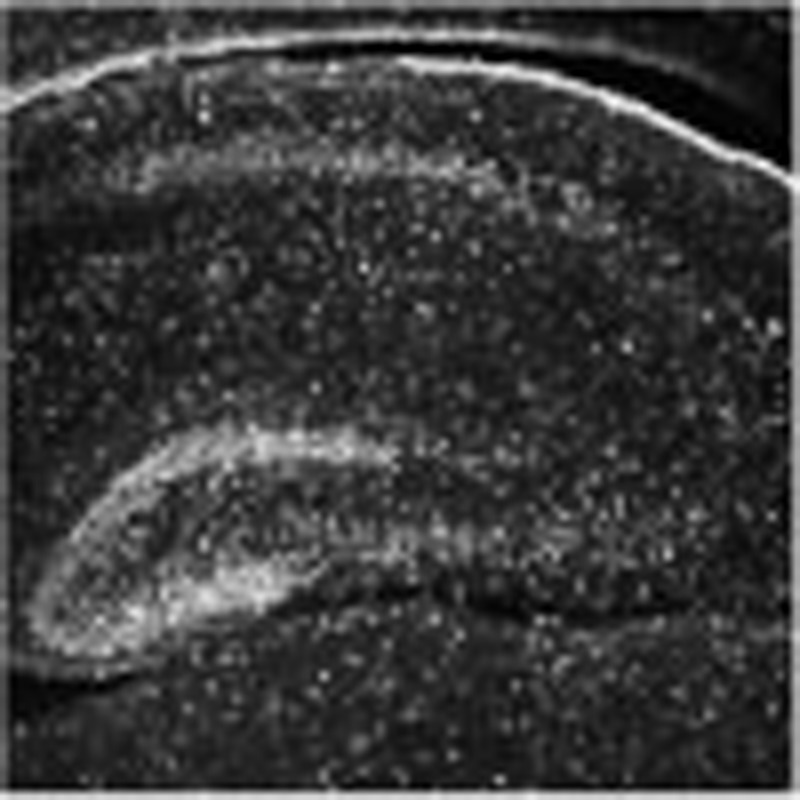- Record: found
- Abstract: found
- Article: found
Pioneer glutamatergic cells develop into a morpho-functionally distinct population in the juvenile CA3 hippocampus

Read this article at
Abstract
The developing CA3 hippocampus is comprised by highly connected hub neurons that are particularly effective in achieving network synchronization. Functional hub neurons were shown to be exclusively GABAergic, suggesting that the contribution of glutamatergic neurons to physiological synchronization processes at early postnatal stages is minimal. However, without fast GABAergic transmission, a different situation may prevail. In the adult CA3, blocking fast GABAergic transmission induces the generation of network bursts that can be triggered by the stimulation of single pyramidal neurons. Here we revisit the network function of CA3 glutamatergic neurons from a developmental viewpoint, without fast GABAergic transmission. We uncover a sub-population of early-generated glutamatergic neurons that impacts network dynamics when stimulated in the juvenile hippocampus. Additionally, this population displays characteristic morpho-physiological features in the juvenile and adult hippocampus. Therefore, the apparently homogeneous glutamatergic cell population likely displays a morpho-functional diversity rooted in temporal embryonic origins.
Abstract
 The heterogeneity of cortical interneurons results from spatio-temporal differences
in embryonic origin. Marissal
et al. show that early-generated glutamatergic neurons display distinct morpho-functional
features, suggesting that temporal factors are also important in determining glutamatergic
function.
The heterogeneity of cortical interneurons results from spatio-temporal differences
in embryonic origin. Marissal
et al. show that early-generated glutamatergic neurons display distinct morpho-functional
features, suggesting that temporal factors are also important in determining glutamatergic
function.
Related collections
Most cited references39
- Record: found
- Abstract: found
- Article: not found
Bursts as a unit of neural information: making unreliable synapses reliable.
- Record: found
- Abstract: found
- Article: not found
Mechanisms of gamma oscillations in the hippocampus of the behaving rat.
- Record: found
- Abstract: found
- Article: not found